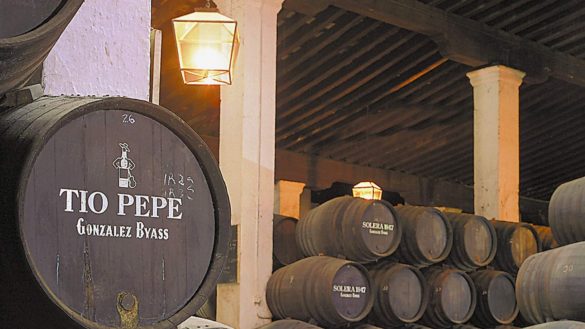What is fortified wine?

You may not have come across the term ‘fortified wine’ before, but you’ve almost certainly drunk one. Ever had a glass of port or sherry at Christmas? Then you’ve tried a fortified wine. And if you’ve ever tried Madeira, Marsala or Pineau des Charentes, then you’re part of the fortified club, too.
The name refers to the fact that fortified wines have spirit or brandy added to them, locking in any sweetness, upping the alcohol and giving them a longer shelf life. But don’t be misled – with the exception of Madeira, which lasts months even after opening because of the way it is made, fortified wines need to be finished up between one week and one month once opened – and certainly not put back on the shelf until the following Christmas.
PORT
Port is the best-known fortified wine, and I’ve never known anybody refuse a glass, given its rich, fruity and welcoming character. But despite the best efforts of those who make it, port is still very much seen as a festive drink, and something forever linked with the colder months. This is rather perplexing, particularly given that people don’t automatically stop drinking full-bodied red wines come the arrival of spring, so why only drink port at Christmas?
Port is made in the hot, rugged Douro Valley in northern Portugal with unfamiliar grapes such as Touriga Nacional, Tinta Cão and Tinta Barroca. Once the grapes are harvested, they are either crushed in tanks or trodden by foot to extract juice, flavour and colour.